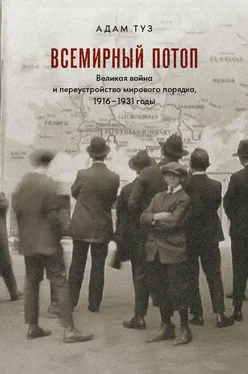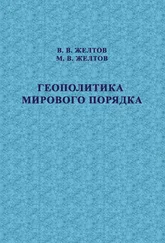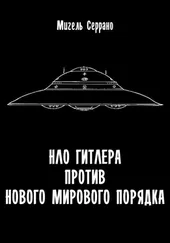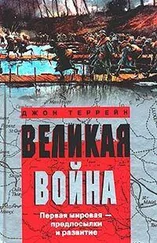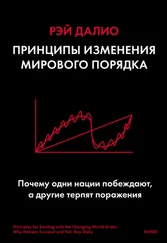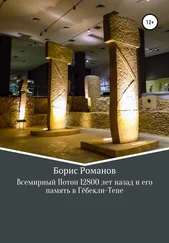A. Thimme, «Gustav Stresemann: Legende und Wirklichkeit», Historische Zeitschrift 181 (1956) p. 314.
R. Boyce, British Capitalism at the Crossroads, 1919–1932 (New York, 1987), p. 66–78.
K. Polanyi, The Great Transformation: The Political and Economic Origins of Our Times (Boston, MA, 1944), p. 27; Поланьи К. Великая трансформация: политические и экономические истоки нашего времени. СПб., 2002, с. 37.
G. Gorodetsky, «The Soviet Union and Britain’s General Strike of May 1926», Cahiers du monde russe et soviétique 17, no. 2/3 (1976), p. 287–310; J. Jacobson, When the Soviet Union Entered World Politics (Berkeley, CA, 1994), p. 169–172.
Diggins, «Flirtation with Fascism: American Pragmatic Liberals and Mussolini’s Italy», The American Historical Review 71, no. 2 (1966), p. 487–506.
S. Romano, Guiseppe Volpi et l’italie moderne: Finance, industrie et état de l’nre giolittienne а la deuxinme guerre mondiale (Rome, 1982).
G. Allen, «The Recent Currency and Exchange Policy of Japan», The Economic Journal 35, no. 137 69254 p. 66–83.
M. Metzler, Lever of Empire: The International Gold Standard and the Crisis of Liberalism in Prewar Japan (Berkeley, CA, 2005), p. 149.
R. A. Dayer, Bankers and Diplomats in China, 1917–1925: The Anglo-American Relationship (London, 1981), p. 178.
B. D. Rhodes, «Reassessing „Uncle Shylock“: The United States and the French War Debt, 1917–1929», The Journal of American History 55, no. 4 (March 1969), p. 787–803.
О фашистском движении во Франции 1920-х годов см.: K.-J. Müller, «„Faschismus“ in Frankreichs Dritter Republik?», in H. Müller and M. Kittel (eds), Demokratie in Deutschland und Frankreich, 1918–1933/40 (Munich, 2002), p. 91–130.
T. Raithel, Das schwierige Spiel des Parlamentarismus: Deutscher Reichstag und fran-zösische Chambre des Députés in den Inflationskrisen der 1920er Jahre (Munich, 2005), p. 480–519.
D. Amson, Poincaré: L’acharné de la politique (Paris, 1997), p. 352–353.
R. M. Haig, The Public Finances of Post-War France (New York, 1929), p. 173.
R. Boyce, The Great Interwar Crisis and the Collapse of Globalization (Basingstoke, 2009), p. 165.
M. P. Leffler, The Elusive Quest: America’s Pursuit of European Stability and French Security 1919–1933 (Chapel Hill NC, W9) p. 153.
R. Boyce, British Capitalism at the Crossroads, 1919–1932 (New York, 1987), p. 144–146.
P. Yearwood, Guarantee of Peace: The League of Nations in British Policy, 1914–1925 (Oxford, 2009), p. 342.
M. Beloff, Imperial Sunset: Britain’s Liberal Empire 1897–1921 (London, 1969), vol. 2, 140, цит. по: DBFP, series 1a, III, p. 734.
Yearwood, Guarantee, p. 342.
Boyce, Great Interwar Crisis, p. 133.
J. R. Ferris, The Evolution of British Strategic Policy, 1919–1926 (Basingstoke, 1989), p. 158–178.
Yearwood, Guarantee, p. 355.
G. Unger, Aristide Briand: Leferme conciliateur (Paris, 2005), p. 532–537.
P. O. Cohrs, The Unfinished Peace after World War I: America, Britain and the Stabilisation of Europe, 1919–1932 (Cambridge, 2006), p. 448–476.
J. Wheeler-Bennett, Information on the Renunciation of War, 1927–1928 (London, 1928),p. 56.
Jacobson, When the Soviet Union, p. 247.
A. Iriye, The Cambridge History of American Foreign Relations, vol. 3, The Globalizing of America, 1913–1945 (Cambridge, 1993), p. 103–106.
Cohrs, Unfinished Peace, p. 378–409.
J. Keiger, Raymond Poincaré (Cambridge, 1997), p. 337–340.
McKercher, The Second Baldwin Government and the United States, 1924–1929, p. 174.
Beloff, Imperial Sunset, vol. 2, p. 142–143.
L. Trotsky, «Disarmament and the United States of Europe» (October 1929) http: //www. marxists.org/archive/trotsky/L929/L0/disarm.htm; Л. Троцкий. Разоружение и Соединенные Штаты Европы // Бюллетень оппозиции (большевиков-ленинцев). 1929. 4 октября (№ 6), http: // web.mit.edu/fjk/www/Fl/BO/BO-06.shtml.
D. Marquand, Ramsay MacDonald (London, 1997), p. 507.
Z. Steiner, The Lights that Failed: European International History, 1919–1933 (Oxford, 2005), p. 510–518.
Jacobson, When the Soviet Union, p. 183–188, 224–229.
A. Waldron, From War to Nationalism: China’s Turning Point, 1924–1925 (Cambridge, 1995).
J. Fairbank (ed.), The Cambridge History of China, vol. 12, Republican China, 1912–1949. Part 1 (Cambridge, 2008), p. 314–315; L. Humphreys, The Way of the Heavenly Sword: The Japanese Army in the 1920s (Stanford, CA, 1995), p. 130.
Dayer, Bankers, p. 186–187.
C. Martin Wilbur and J. Lien-Ying, Missionaries of Revolution: Soviet Advisers and Nationalist China, 1920–1927 (Cambridge, MA, 1989), p. 90–100.
E. Fung, The Diplomacy of Imperial Retreat: Britain’s South China Policy, 1924–1931 (Hong Kong, 1991), p. 42–54.
R. Hofheinz, The Broken Wave: The Chinese Communist Peasant Movement, 1922–1928 (Cambridge, MA, 1977).
Wilbur and Lien-Ying, Missionaries of Revolution, p. 108–112; P. Zarrow, China in War and Revolution, 1895–1949 (London, 2005), p. 216–221.
R. Karl, Mao Zedong and China in the Twentieth-Century World: A Concise History (Durham, NC, 2010), p. 29.
S. Schram (ed.), Mao’s Road to Power: Revolutionary Writings, 1912–1949 (New York, 1944 vol 2, p. 421.
J. Solecki and C. Martin Wilbur, «Blücher’s „Grand Plan“ of 1926», The China Quarterly 35 (1968), p. 18–39.
H. Kuo, Die Komintern und die Chinesische Revolution (Paderborn, 1979), p. 148.
B. Elleman, Moscow and the Emergence of Communist Power in China, 1925–1930 (London, 2009), p. 23–36.
Karl, Mao Zedong, p. 30.
Schram (ed.), Mao’s Road to Power, vol. 2, p. 430.
S. Craft, V. K. Wellington Koo and the Emergence of Modern China (Lexington, KY, 2004), p. 86.
Читать дальше
Конец ознакомительного отрывка
Купить книгу
